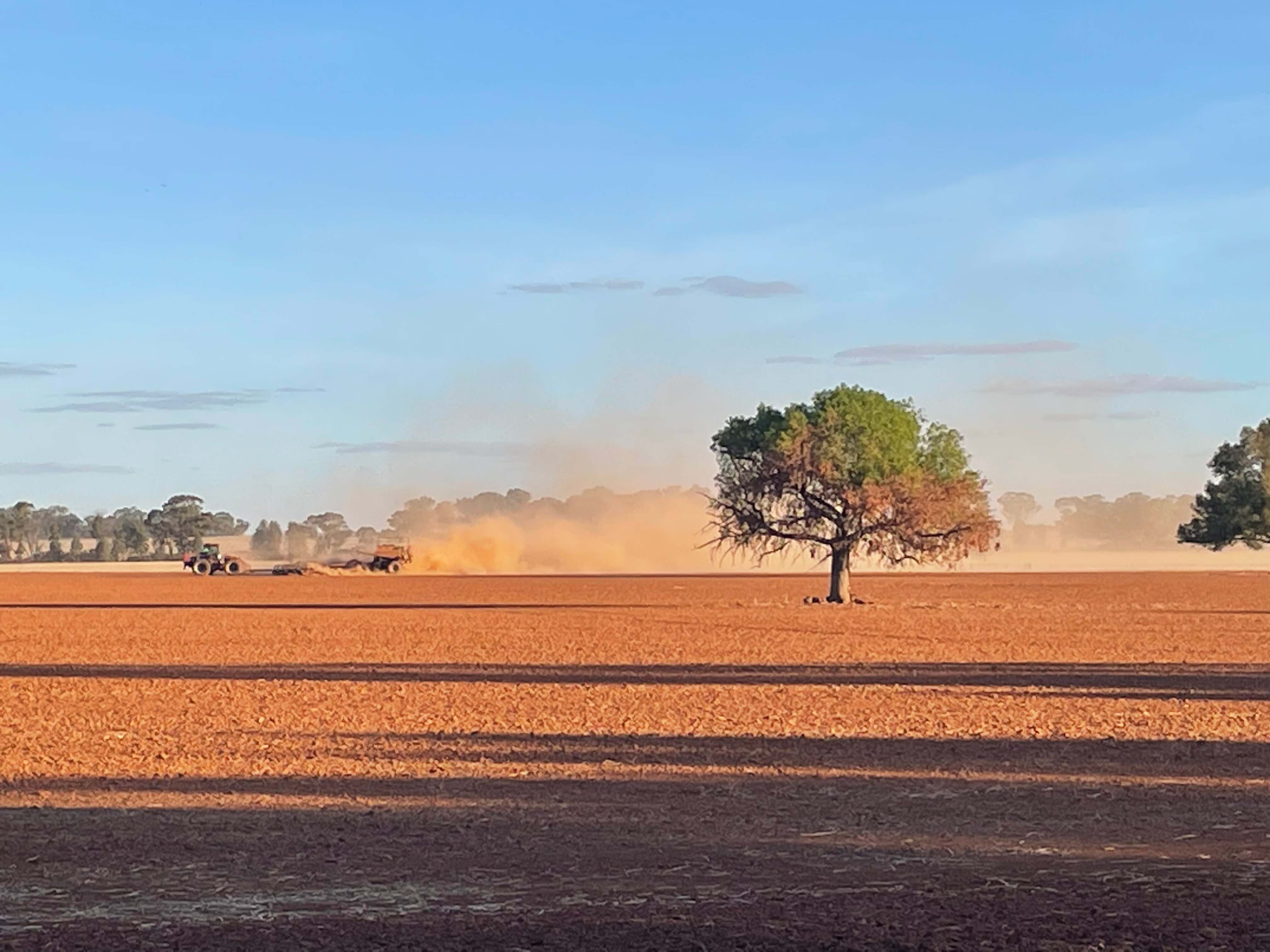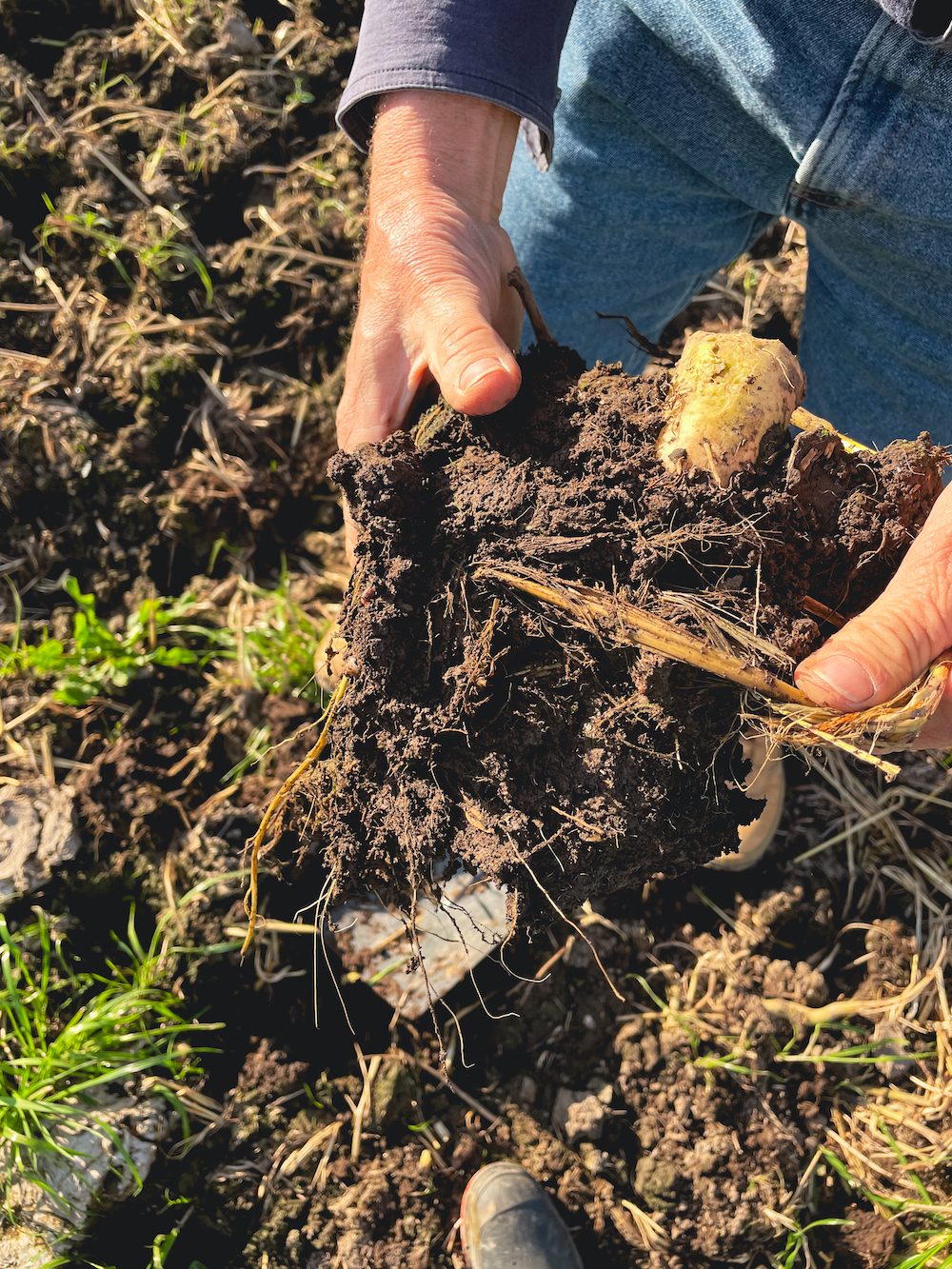
Download Our Latest Whitepaper:
Operational and Capital Ecoservice Accounting Standards for Farm Carbon




Healthy soil leads to healthy crops, healthy profits and a healthy climate. Reclaim the true value of your land by pivoting to a land management strategy that prioritises and rebuilds soil health, encourages a diverse ecosystem and boosts farm productivity for generations to come.
It is increasingly evident that land degradation plays a significant role in contributing to climate change. With agriculture occupying approximately five billion hectares (38%) of the world's land, farmers are uniquely positioned to regenerate vast areas and restore the small water cycle through improving soil health. These efforts can help reduce the frequency and severity of bushfires, droughts, and flooding.
Unfortunately, agricultural practices such as excessive tillage, fertiliser and pesticide use contribute to poor soil and ecosystem health. By reducing these detrimental practices and adopting regenerative farming approaches, there is compelling evidence of increased drought resistance, improved nutrient cycling, healthier livestock, support for native pollinators, and reduced reliance on pesticides and fertilisers.
Regardless of the type of carbon project you are involved in, they all ultimately revolve around one crucial aspect: soil restoration.

An essential component of healthy, productive soil, carbon helps to improve soil structure and porosity, enhance water infiltration and reduce nutrient leaching and runoff. Healthy soil enables your farm to recover faster from strong climatic challenges.
Our partner network will help you create a holistic land management strategy to regenerate your land to optimum health. Use our Ryzo Platform to understand the distribution of soil carbon across your land, conduct soil sampling, gather and interpret lab results and conduct a soil carbon project according to your chosen methodology.


Farmers have the opportunity to participate in a range of carbon farming programs that acknowledge and appreciate their efforts in improving soil carbon levels and transitioning to regenerative farming practices.
By engaging in carbon farming, farmers can obtain official recognition and certification for the carbon they successfully sequester in the soil over time.
This certification serves multiple purposes for farmers, including offsetting farm emissions, marketing farm operations as low-emission or low-carbon, and potentially receiving financial compensation from the government or other certifying bodies.

Various videos where Phil is being Phil with others; discussing the science behind soil security, small water cycles, regenerative agriculture and more...
What is the link between farming with Multi Species and resurrecting the damaged carbon and water cycles. Are farmers in control of their changing climate? Is regeneration the answer? Is Carbon really the issue or is it bare ground and clearing land? Are we on the brink of salvation?
Watch on Youtube

Are you stuck in the “lime every few years” cycle? Phil Mulvey joins Tim Thomposon to unpack how pH really works — from aluminium toxicity and CEC (cation exchange capacity) to buffering and why plant diversity can stabilise pH and rebuild soil structure.
Watch on Youtube

Want to restore fertility, fix salinity, and rehydrate your landscape? Phil Mulvey joins regenerative farming legend Martin Royds at Jillamatong (Braidwood, NSW) to reveal practical midslope management techniques to dramatically improve water infiltration and soil health on your farm.
Watch on Youtube

Soil pH affects everything—from plant growth to stock health. But many farmers don’t realise how dramatic the impacts are… or how to test for it properly. In this episode, we dive into the fundamentals of soil pH, how it works, and how to measure it right on your farm.
Watch on Youtube

Phil Mulvey joins Tim Thompson in the debut episode of Digging Deeper to discuss how can we restore fragile, sandy soils and stop erosion in its tracks.
Watch on Youtube

Join Tim Thompson and Phil Mulvey on a regenerative road trip to meet Tom and Kim, a young couple who transformed a struggling family dairy into a thriving, low-input, high-performance regenerative farm.
Watch on Youtube

The biggest climatic regulator Earth has is soil. By increasing soil organic matter, farmers sequester carbon dioxide from our atmosphere; mitigating climate change while improving soil health and fertility, and feeding a booming global population.
Get a quick preliminary understanding of your land's potential for a soil carbon project with a free two–page report that helps you estimate current soil carbon levels and sequestration potential, for you or your clients.



.png)
